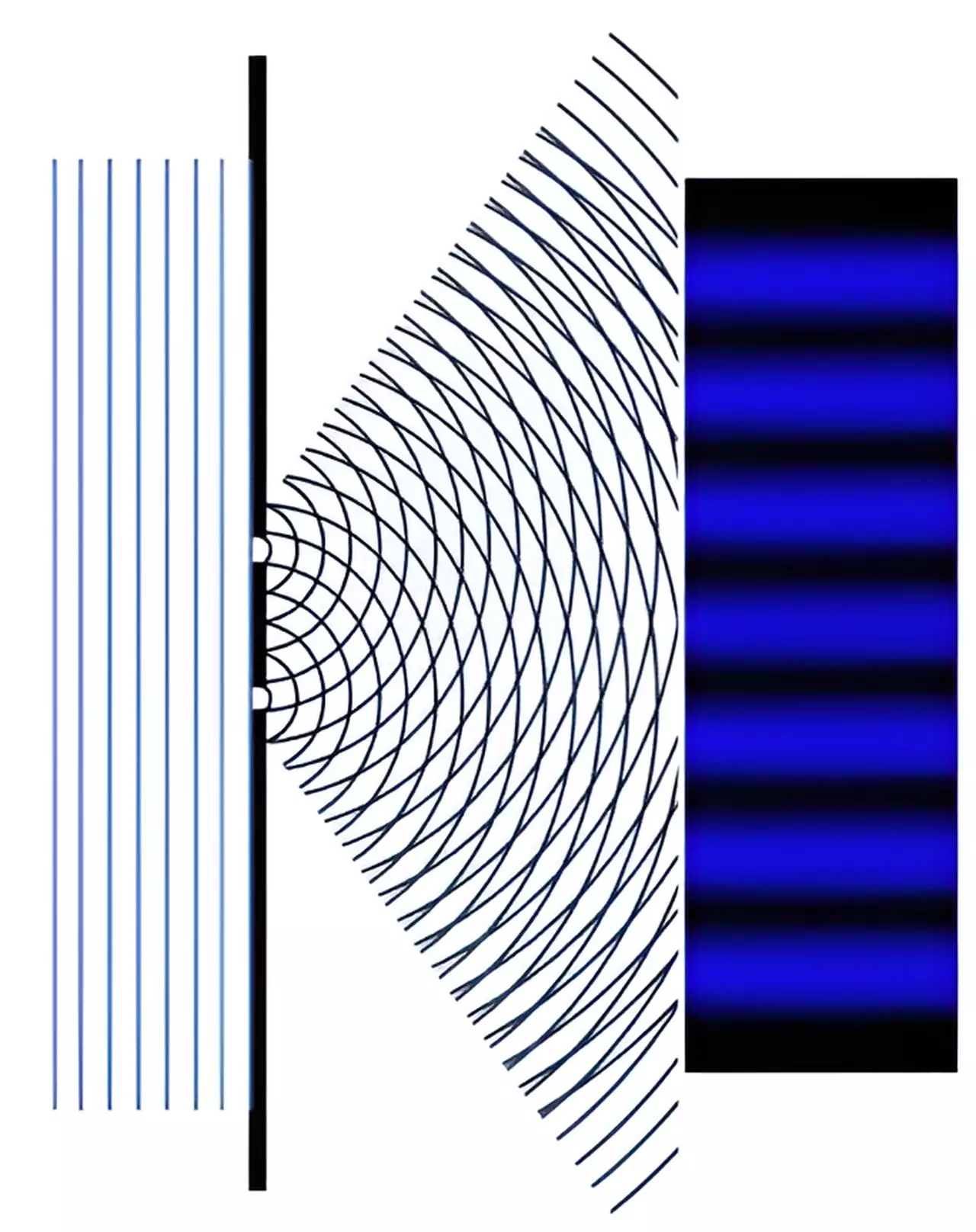The realm of quantum computing has long captivated physicists and engineers alike, promising computational capabilities far beyond the limitations of classical computers. The most ambitious and potentially groundbreaking concept in this arena is the topological quantum computer. This theoretical machine is envisioned to harness the peculiar characteristics of quantum systems to achieve remarkable stability and processing power. The core of the topological quantum computer lies in its qubits, specifically a special type that remains undiscovered. The pursuit of these qubits could revolutionize the field, unlocking unprecedented possibilities in computation.
Traditionally, the fundamental component of matter is the atom, comprised of protons, neutrons, and electrons. Among these, electrons are unique due to their status as indivisible particles. Yet, recent findings have introduced a twist to this narrative, suggesting that electrons can exhibit behaviors that mimic the characteristics of “split-electrons.” This phenomenon is a consequence of the quirky and often non-intuitive principles of quantum mechanics. Researchers are now investigating this intriguing behavior to bridge the gap between theory and tangible reality.
In everyday electronics, current consists of a vast number of electrons flowing through a conductor. However, with the miniaturization of electronic components into the nanoscale, this behavior transforms. Electrons can now be observed traveling through wires on an individual basis, leading to a fascinating new approach to quantum computing. As the size of the electronic components is decreased, scientists jettison their classical instincts, adapting to the governing laws of quantum mechanics.
The groundbreaking research led by Professor Andrew Mitchell and Dr. Sudeshna Sen illuminates the path toward understanding and potentially creating these elusive “split-electrons.” Their findings highlight how electrons moving through a nanoelectronic circuit can interact in ways that lead to quantum interference. This interference can result in configurations where electrons appear to “split” into distinct entities, thus behaving as if they are two separate particles.
Professor Mitchell emphasizes that this behavior is observable when multiple electrons are compelled to reside in close proximity, inducing strong repulsion among them. As a result, the quantum interference is altered, leading to a collective behavior reminiscent of a single electron having split in two. This revelation could provide the theoretical underpinning needed to realize Majorana fermions—hypothetical particles that have eluded experimental observation since they were predicted in 1937.
Majorana fermions are more than a theoretical curiosity; they are pivotal for the advancement of topological quantum computing. Their unique characteristics could be harnessed to create stable qubits that are less susceptible to environmental disturbances, addressing a significant issue in current quantum computing technologies. Research on these particles has intensified in the past few years, and the recent discovery by Mitchell and Sen might signal a breakthrough in their experimental realization.
If these Majorana particles can indeed be generated and manipulated within nanoelectronic devices, the implications for the future of quantum technologies are substantial. The ability to harness such particles could be a game-changer, facilitating the development of various applications that capitalize on their robustness against decoherence, which is a major hurdle in quantum computation.
One of the most compelling demonstrations of quantum principles is the double-slit experiment. It serves as an archetype in illustrating the wave-particle duality that lies at the heart of quantum mechanics. In this experiment, individual electrons can exhibit interference patterns akin to waves, suggesting their ability to occupy multiple states simultaneously. This foundational experiment has paved the way for contemporary explorations, including the current research in nanoelectronic circuits.
The connection between the behavior of electrons in nanoelectronic circuits and the interference observed in the double-slit experiment illustrates the continuity of quantum phenomena across various scales. By reinterpreting these principles within the context of advanced electronic systems, researchers may be able to constructively contribute toward the realization of topological quantum computing.
The exploration of topological quantum computers represents an exciting frontier in both theoretical and applied physics. While major obstacles remain, the recent advancements made by researchers like Professor Mitchell and Dr. Sen signify that the scientific community is edging closer to unlocking the full potential of quantum computation. As we eagerly await further developments, the tantalizing prospects of stable, efficient, and powerful topological quantum computers could soon shift from the realm of theory into the practical arena, heralding an era of unparalleled computational progress.


Leave a Reply